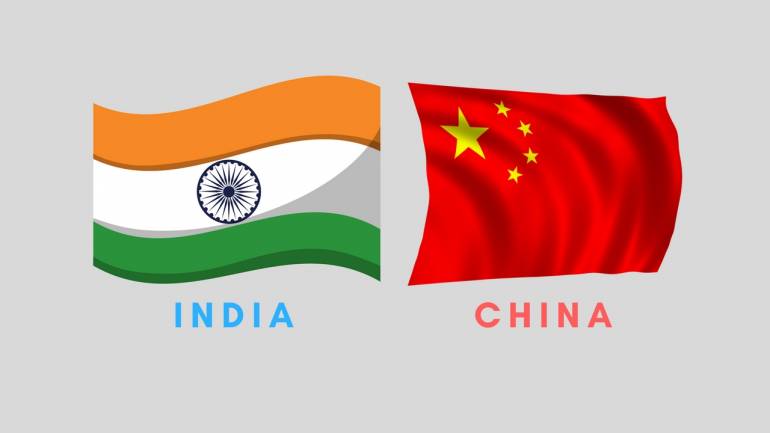SOURCE: MONEY CONTROL

India and China have locked horns for decades over a land boundary dispute and resolution might just be underway. After national security adviser Ajit Doval’s meet with China’s state councillor Wang Yi in Delhi at the 22nd dialogue of the Special Representatives (SR), both countries decided to maintain peace along the Line of Actual Control (LAC).
Keeping that in mind, India has decided to consider the neighbouring country’s “early harvest” proposal to arrive at a consensus over the Sikkim land boundary. However, they will continue to do so only if the middle sector in Uttarakhand is also demarcated. Only then can the phased resolution of the border dispute be kick-started.
Talks on this had begun way back in 2002 with both countries exchanging maps of the middle sector, but a long period of impasse followed marked with occasional skirmishes.
According to a Hindustan Times report, China wished for both New Delhi and Beijing to begin dialogue to “promote early harvest consultations”, but no such proposal had come in from the Indian side.
While the Chinese said the “early harvest” proposal was tabled in August 2019, the Indian leaders still considered demarcating border in Sikkim as a “low-hanging fruit”. However, the latter has now urged Beijing to show equal sincerity in solving the middle sector dispute, especially since the People’s Liberation Army (PLA) is overshadowed by the dominance of the Indian Army and Bhutan Army in Chumbi Valley at present.
Explaining the issue, a former Indian Army chief said: “The Sikkim proposal is not so simple. Any agreement on demarcation will be exploited by China to settle the boundary with Bhutan with an eye towards Doklam plateau. If India settles Sikkim, where it dominates both Chumbi Valley and Finger Area up in the north, then China will expand its Chumbi Valley area and increase pressure on West Bengal’s Siliguri corridor.”
If the border dispute in Sikkim sector is settled it will directly affect Doklam, which saw heightened tension following a military stand-off in 2017. This, in turn, will make the India-China-Bhutan junction at Batang La vulnerable, further exposing the Siliguri corridor to PLA.
Commenting on this, a China expert said: “If the Chinese get to Jhampheri ridge, then the entire Siliguri corridor becomes extremely vulnerable to the PLA. The lights of Gangtok are visible from Jhampheri ridge.”
Despite all the risks, India has agreed to consider China’s Sikkim proposal, provided they agree to resolves the middle sector dispute simultaneously.
Moreover, as India’s former foreign secretary Kanwal Sibal, explained, the early harvest proposal is in violation of a 2005 agreement on resolving boundary issues that clearly laid down that it needs to be a package deal.
He added: “This is the usual Chinese way of walking out of agreements. This early harvest proposal relates only to the Sikkim border. How is India benefiting out of this? On the contrary, China will try to settle the tri-junction in its favour through this proposal which is unacceptable.”
from Indian Defence Research Wing https://ift.tt/2QyvihT
via IFTTThttp://idrw.org
No comments:
Post a Comment